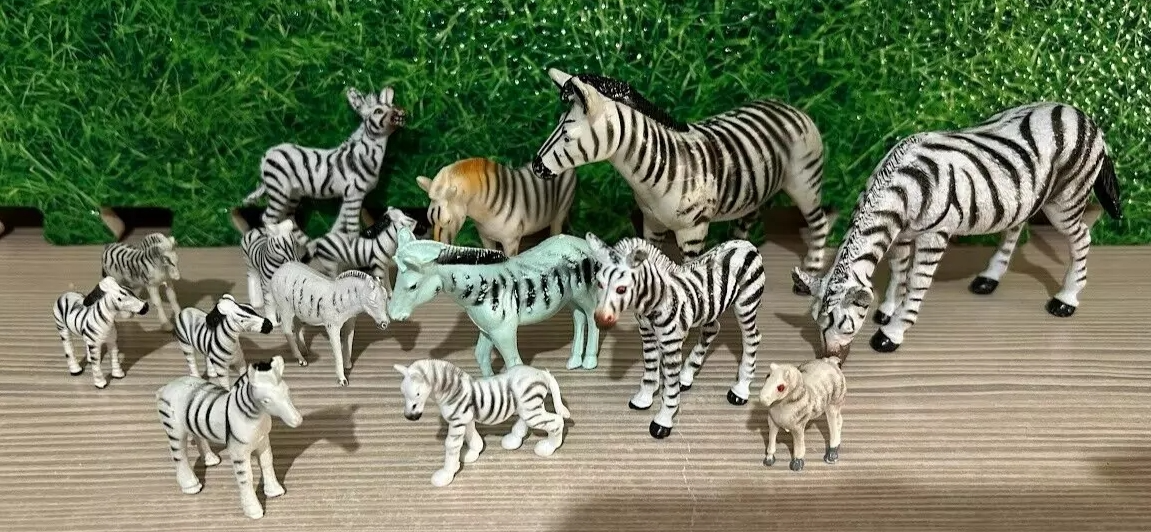The zebra model is a theoretical model widely used in biology, ecology and evolutionary studies to understand complex phenomena such as population dynamics, ecosystem interactions and species adaptation. This unique species is known for its black and white stripes, an appearance that not only catches the eye, but also inspires scientists to think deeply about its survival strategies and ecological adaptations.
In the long history of natural selection, zebra stripes may have served multiple functions. For one thing, these stripes may help zebras camouflage in the grassland, reducing the success of predators. On the other hand, they are also thought to play an important role in social behavior and group recognition. Using zebra models, researchers can simulate how different environmental factors affect zebra behavior and survival strategies, and explore the mechanisms of natural selection.
Zebra models can also be applied to population ecology, where scientists can better understand the dynamic balance of ecosystems by analyzing factors such as population size, resource competition, and reproductive strategies. The model is able to predict,for example,how zebra populations will adjust their migration patterns and breeding cycles to adapt to environmental changes in densely populated or resource-poor situations.
In addition,as a social animal,zebras have a complex social structure. Zebra models can help researchers understand how this social structure affects population stability. By simulating different social interactions and group composition,scientists can reveal how group behaviors such as cooperation,competition,and resource sharing affect species survival.
Zebra models are also important in ecological conservation and species management. By building models based on zebra biology and ecological data,conservators can develop more effective conservation strategies to ensure the protection of their habitat and the sustainable development of the population.




